Discover the step-by-step process to create a custom AI assistant that understands your needs and simplifies your daily tasks.
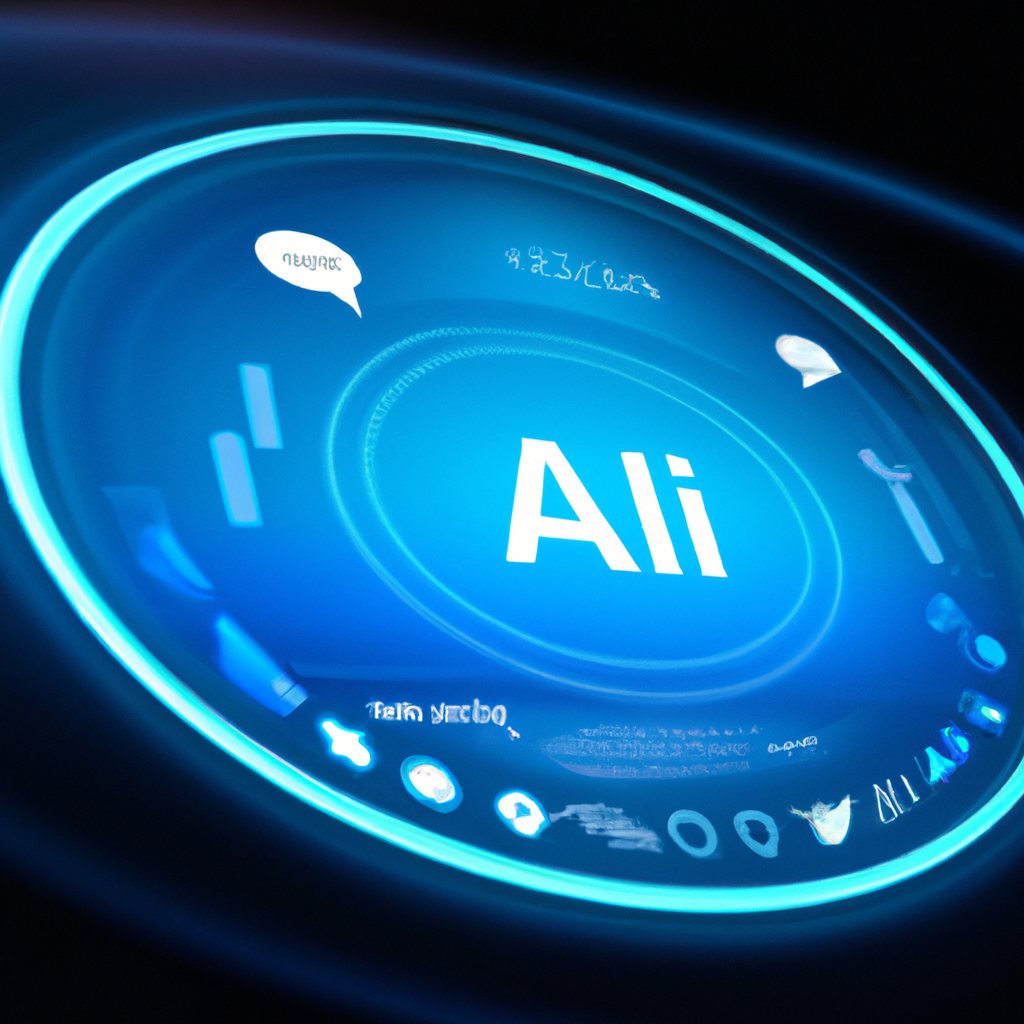
Your AI understands and responds to human language with remarkable accuracy, making interactions feel natural and intuitive.
Automatically manage your calendar, set reminders, and optimize your schedule based on your preferences and habits.
Process and visualize complex data sets, providing actionable insights to help you make better decisions faster.
Your data remains secure with end-to-end encryption and customizable privacy settings to protect your information.
Connect with your favorite apps and services to create a seamless workflow across all your digital tools.
Your AI assistant evolves with you, learning from interactions to provide increasingly personalized responses over time.
Start by identifying what tasks you want your AI assistant to handle. Common functions include scheduling, email management, research assistance, and smart home control. Consider creating user stories to outline specific scenarios.
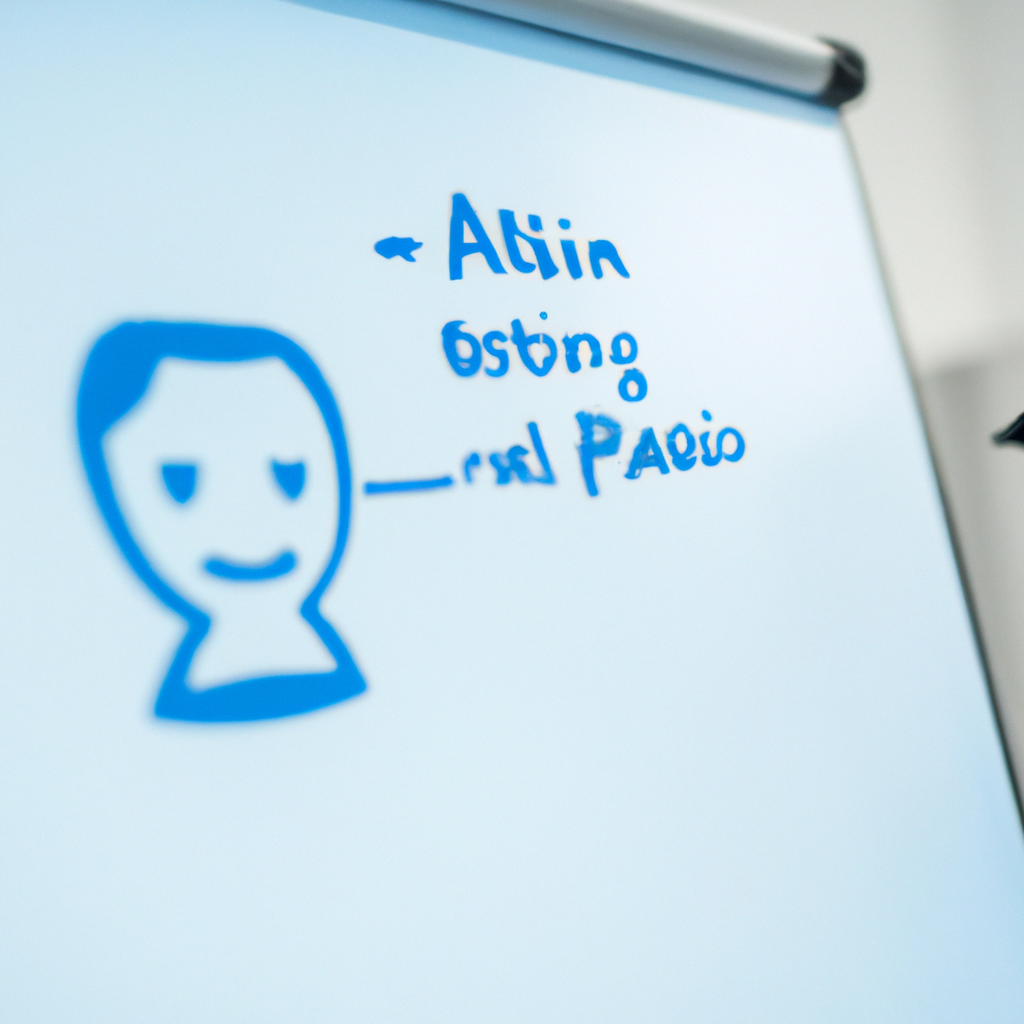
Select between platforms like Dialogflow, IBM Watson, or Microsoft Bot Framework. For more control, consider open-source options like Rasa or building with Python libraries such as NLTK and TensorFlow.




Map out how users will interact with your assistant. Create decision trees for different scenarios and design responses that feel natural. Tools like Whimsical or Lucidchart can help visualize these flows.
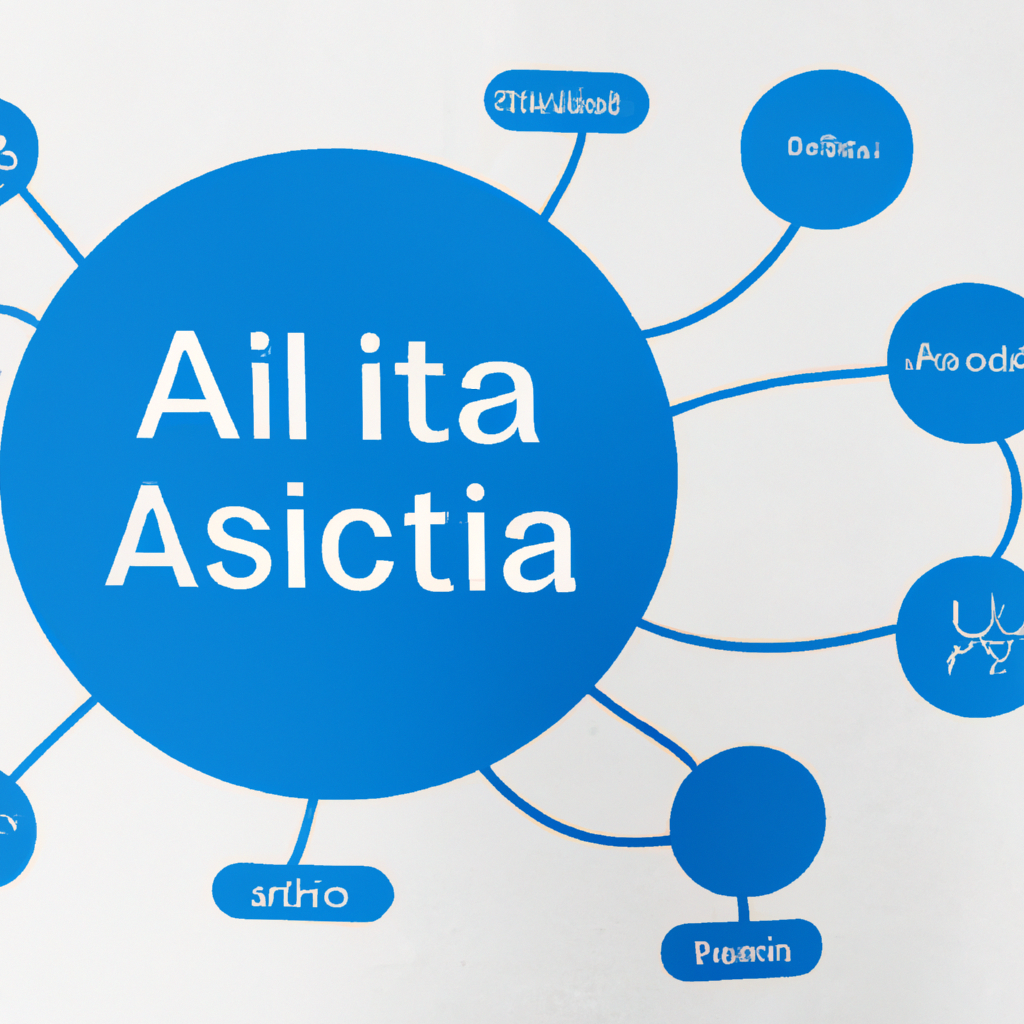
Train your model with relevant datasets and create intents/entities that match your use cases. Continuously test and refine the NLP components to improve accuracy.
# Sample Python code for NLP processing
import nltk
from nltk.tokenize import word_tokenize
text = "Schedule a meeting with John tomorrow at 2pm"
tokens = word_tokenize(text)
print(tokens)
Connect your assistant to external services like calendar APIs, email providers, or smart home devices to enable practical functionality.
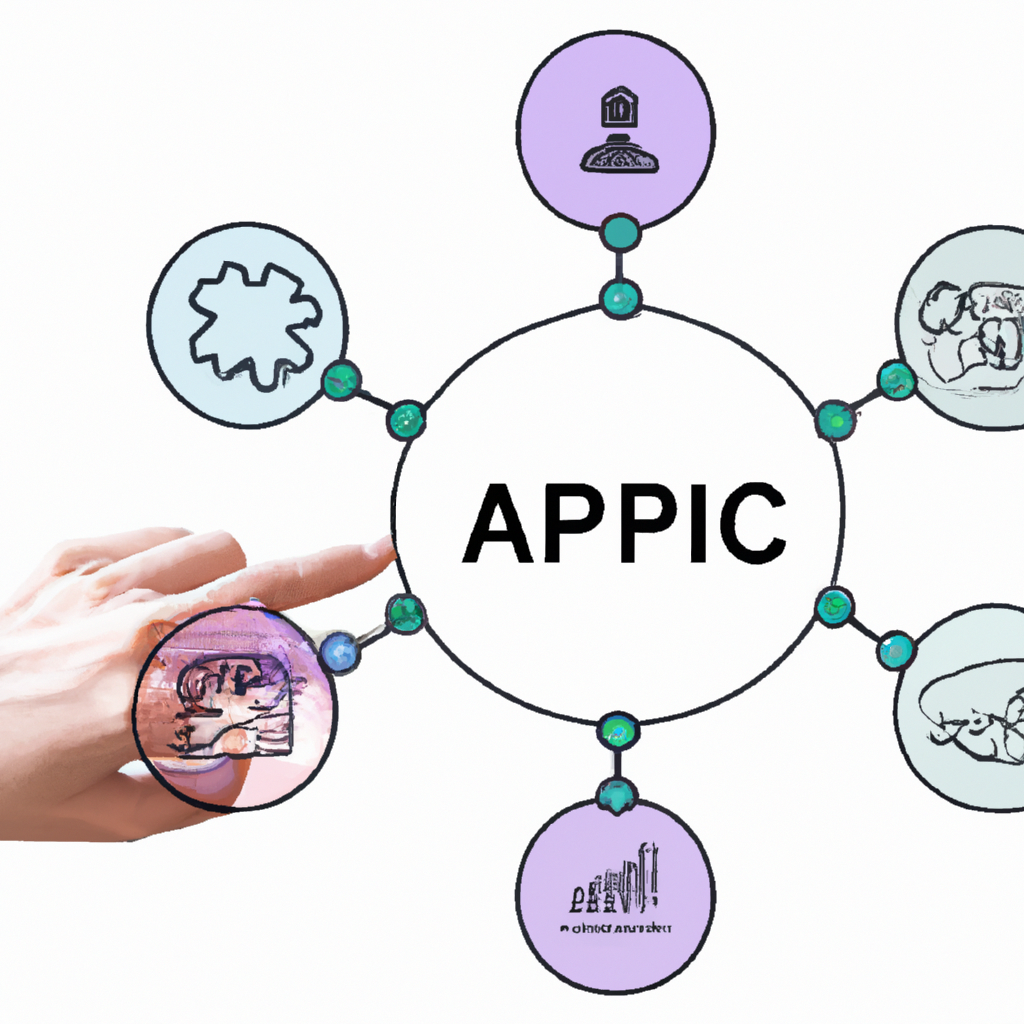
Conduct extensive testing with real users to identify areas for improvement. Monitor how the assistant handles unexpected inputs and refine the model accordingly.
User Input:
"What's on my schedule for next Thursday?"
AI Response:
"You have a team meeting at 10am and lunch with Sarah at 12:30pm."
Launch your assistant and set up analytics to track performance. Continuously collect user feedback and implement updates to enhance functionality.
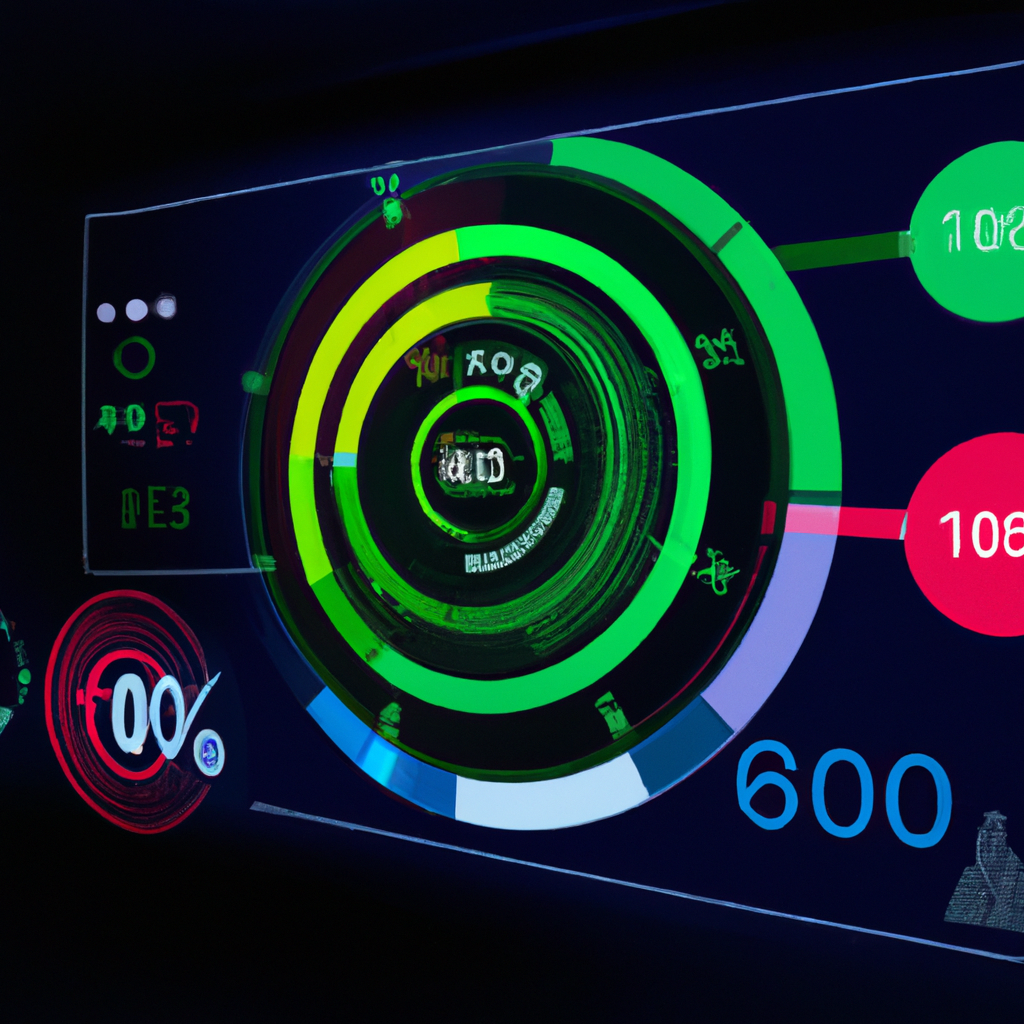

The leading programming language for AI development with rich libraries like TensorFlow, PyTorch, and NLTK.
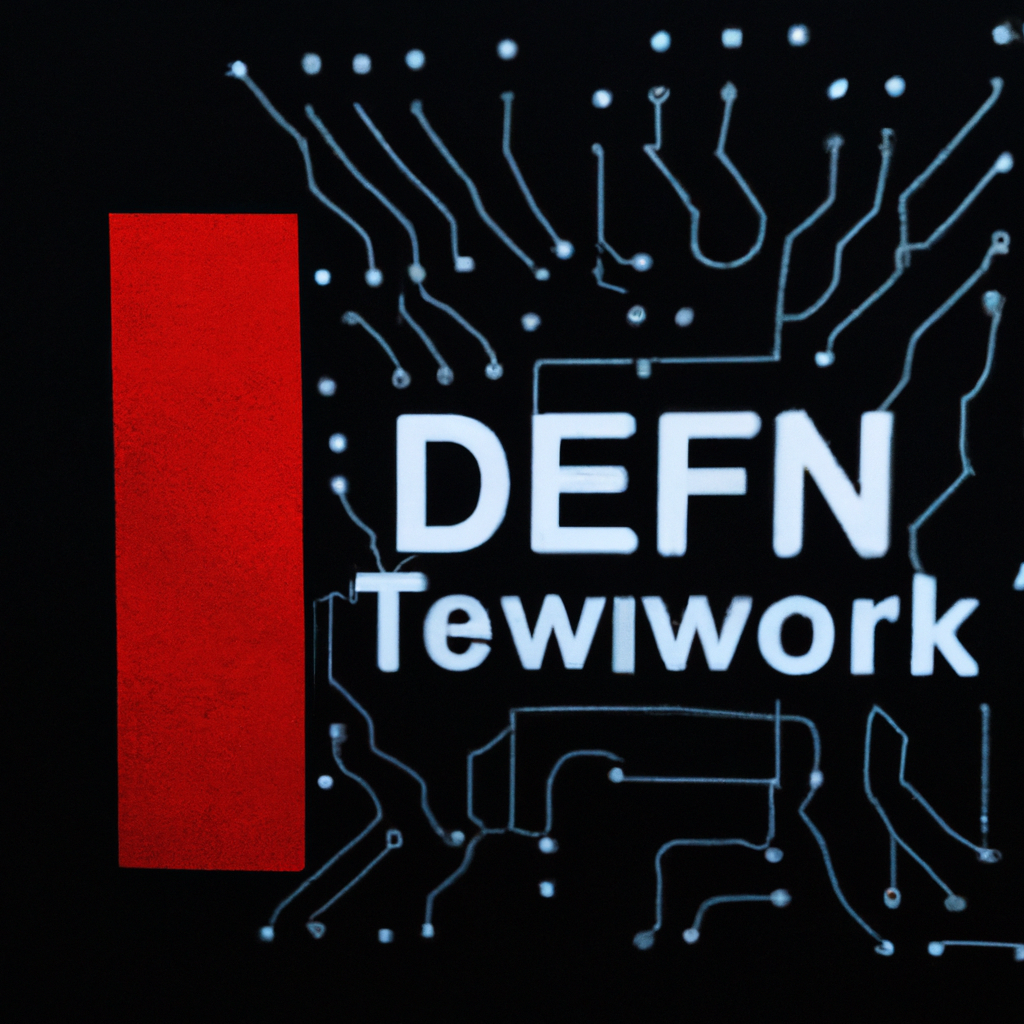
Powerful open-source library for numerical computation and machine learning developed by Google.
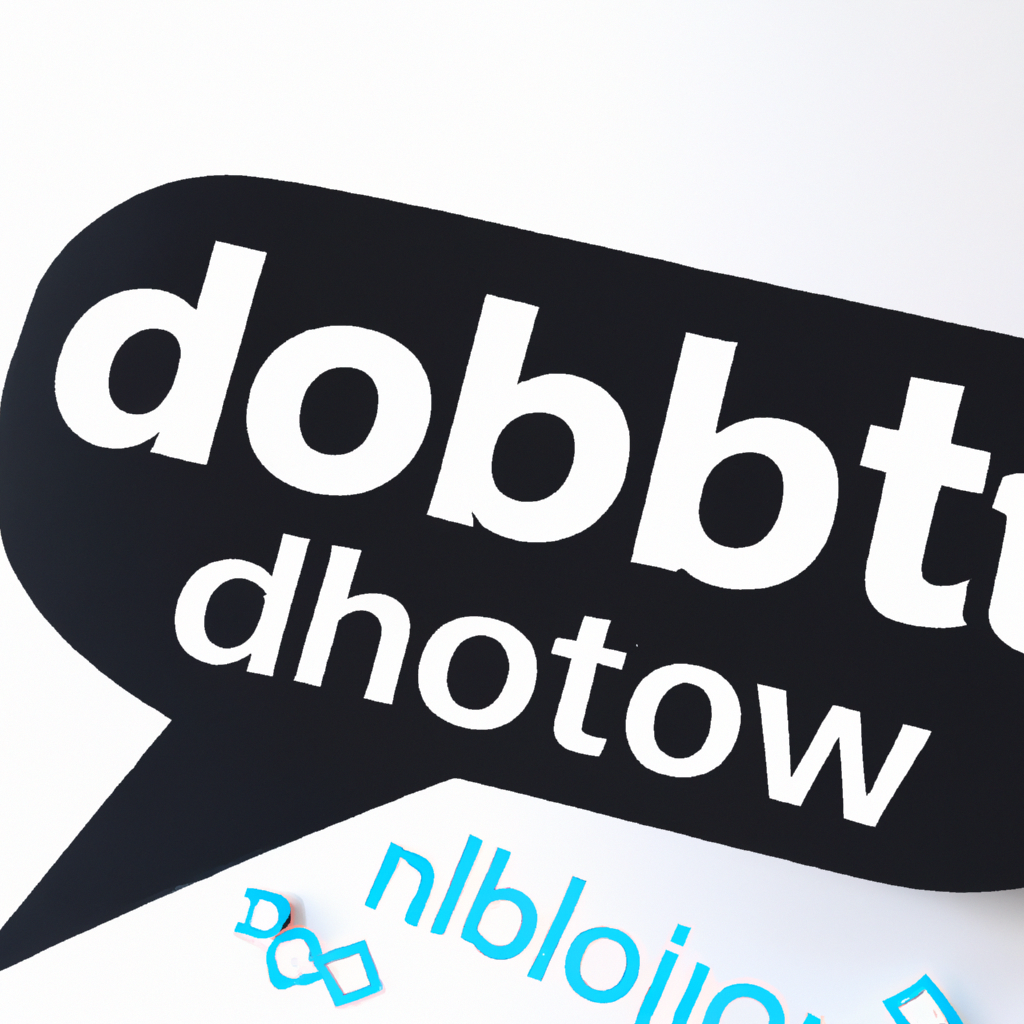
Google's natural language understanding platform to design and integrate conversational interfaces.
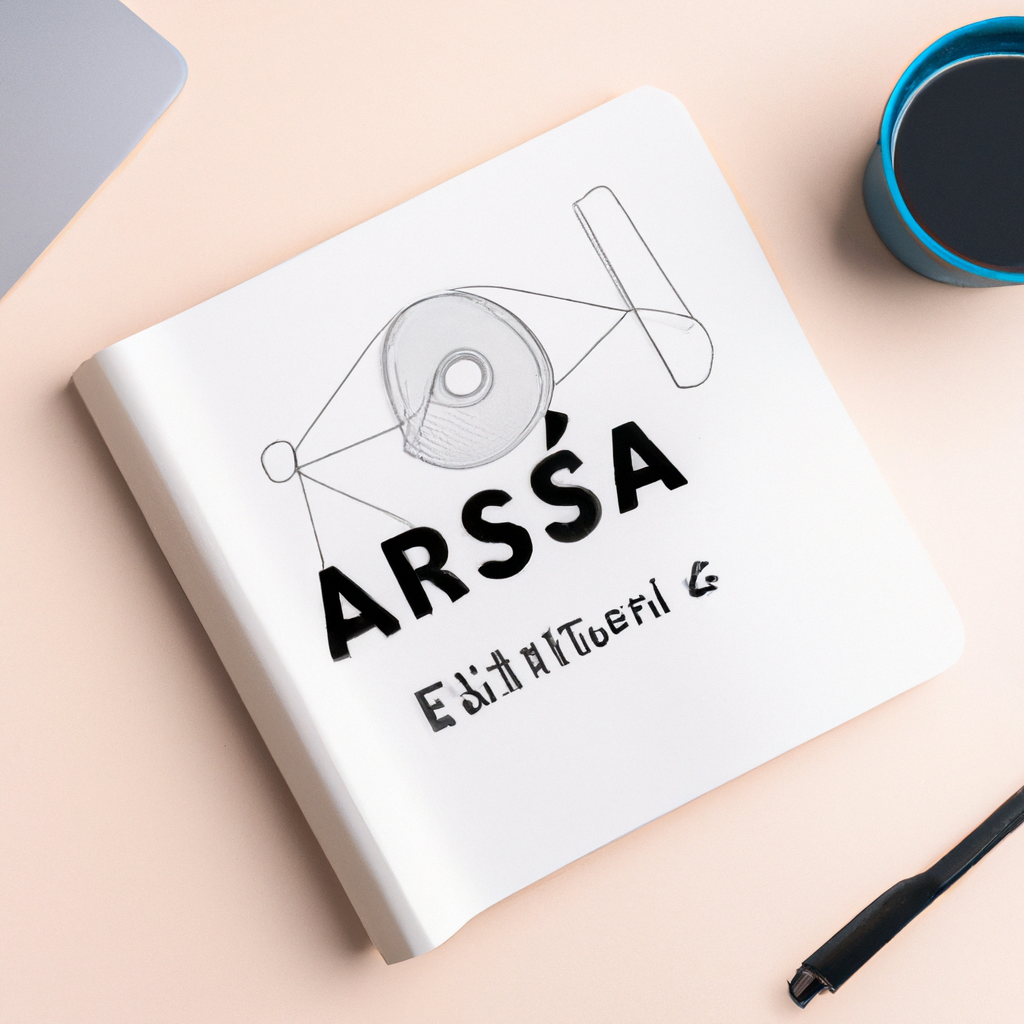
Open-source framework for building contextual AI assistants with machine learning-based NLU.

State-of-the-art NLP models and datasets for tasks like text classification, generation, and translation.

AI platform with services for building, running, and managing AI models and applications.
123 AI Street, Tech Valley, CA 94025
+1 (555) 123-4567
Mon-Fri: 9am-6pm PST